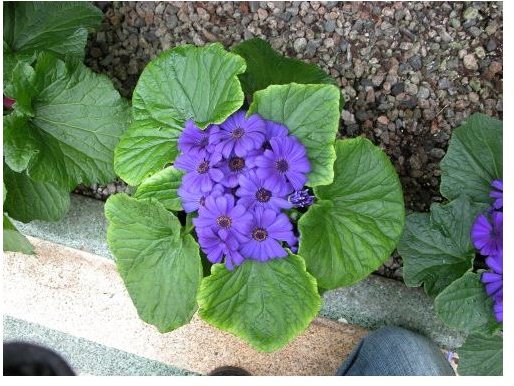Companion Planting for Organic Gardens
The Basics of Companion Planting
Do you find yourself influenced by the people around you? Some people might bring the worst out of you, while others might evoke compassion or excitement. In a similar way, plants behave differently when grown near different types of plants. Companion planting is the concept that certain plants will be more fruitful when grown near specific plants.
This idea of companion or symbiotic plants began with several Native American tribes. The Legend of the Three Sisters is a Native American creation myth, which names the following crops as special gifts: corn, beans and squash. These three plants are well known companion plants. The beans can climb up the corn, and squash’s fallen leaves enrich the soil. In companion planting, a mutually beneficial cycle occurs.
Benefits for Organic Gardens
Companion planting for organic gardens is beneficial in more ways than one. When you strategically plant your crops or flowers, you may experience natural aphid control, fertile soil and more productive plants. For example, African marigolds release thiopene into the soil through their roots, and this natural chemical repels nematodes. Black walnut and mow-killed grain rye also release natural repellents.
Because gardens are more diverse when the method of symbiotic planting is practiced, animals and insects are less likely to break through the barriers. For instance, if you have tall plants with prickly vines protecting your low growing crops, raccoons and other small animals will have an obstacle. Biodiversity is also important for the plants, because shade-seeking plants will flourish if under the shade of taller crops.
More Examples of Companion Plants
Lessons from century old cultures and years of scientific research have led to the understanding of certain crops’ compatible and incompatible plants. Below are some companion planting equations that are successful.
- Asparagus with tomato, parsley and basil;
- Beans with most vegetables and herbs;
- Carrots with English pea, lettuce, rosemary, onion family, sage and tomato;
- Corn with Irish potato, beans, English pea, pumpkin, cucumber and squash;
- Eggplant with beans and marigold;
- Spinach with strawberry and fava bean; and
- Pumpkins with corn and margiold.
Before planting your organic garden, create a strategic plan for it so that it will be a successful harvest. Preparing your garden and considering what plants will thrive well with each other is a preliminary step to a productive and pest-free garden.
Sources Used
- Companion Planting at https://www.companionplanting.net/
- Companion Planting: Basic Concepts and Resources at https://attra.ncat.org/attra-pub/complant.html
